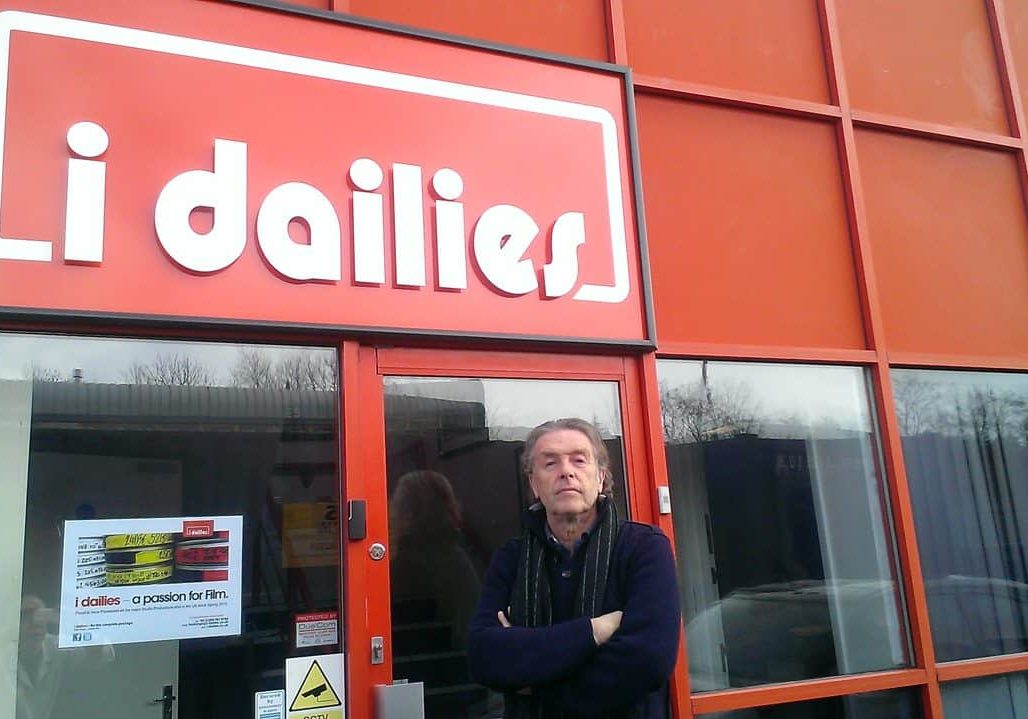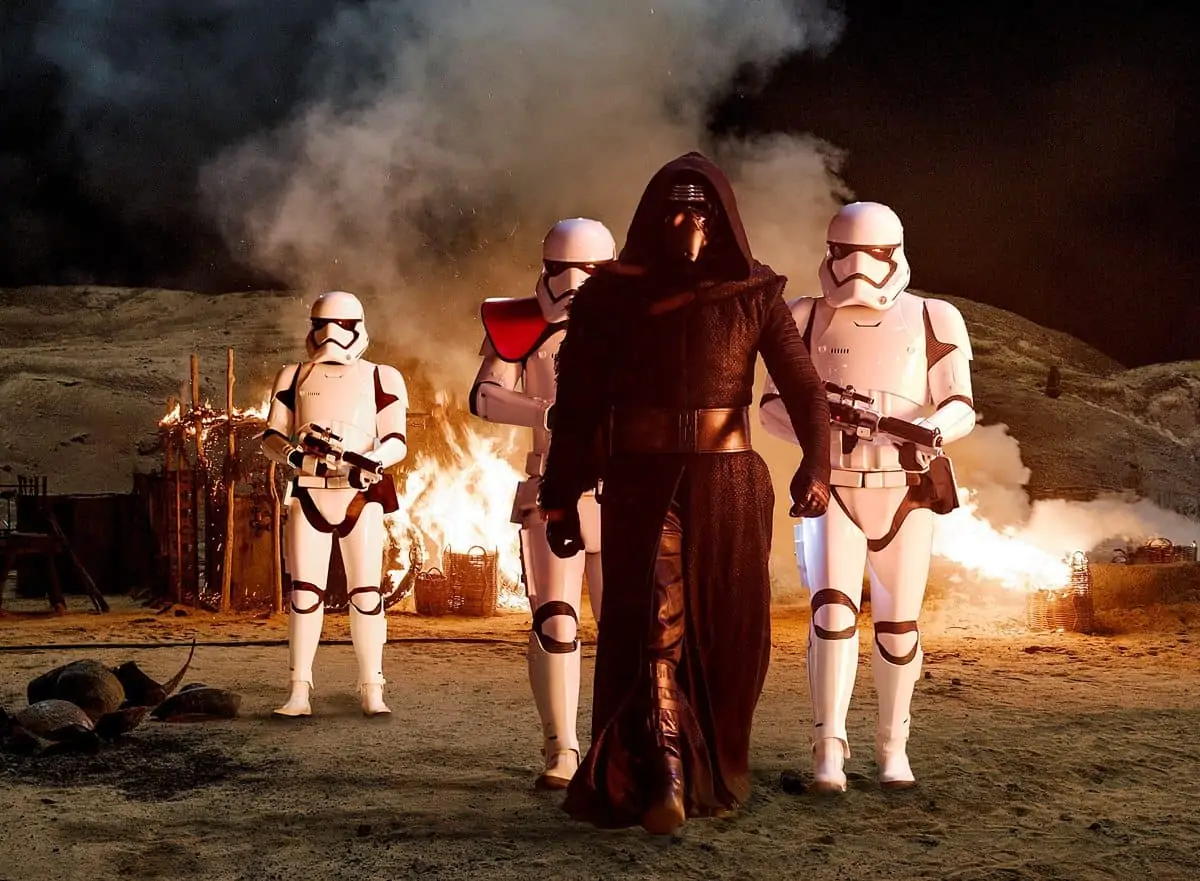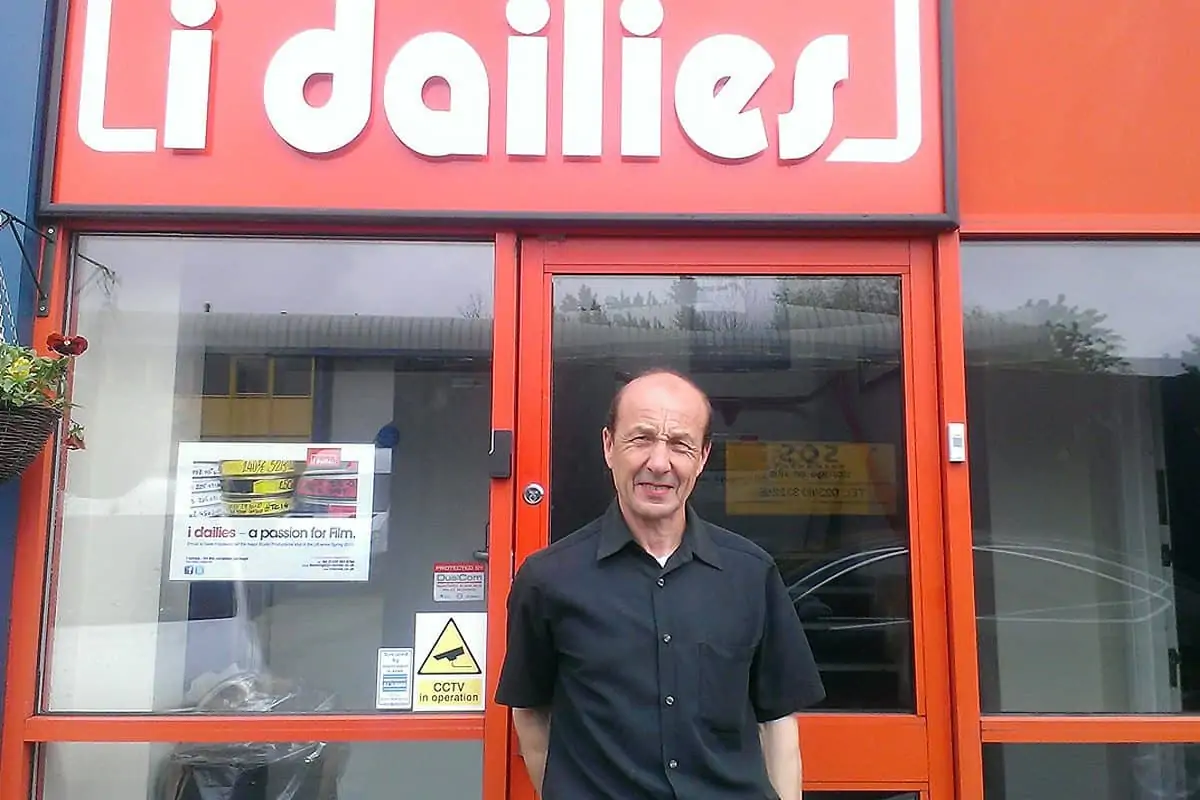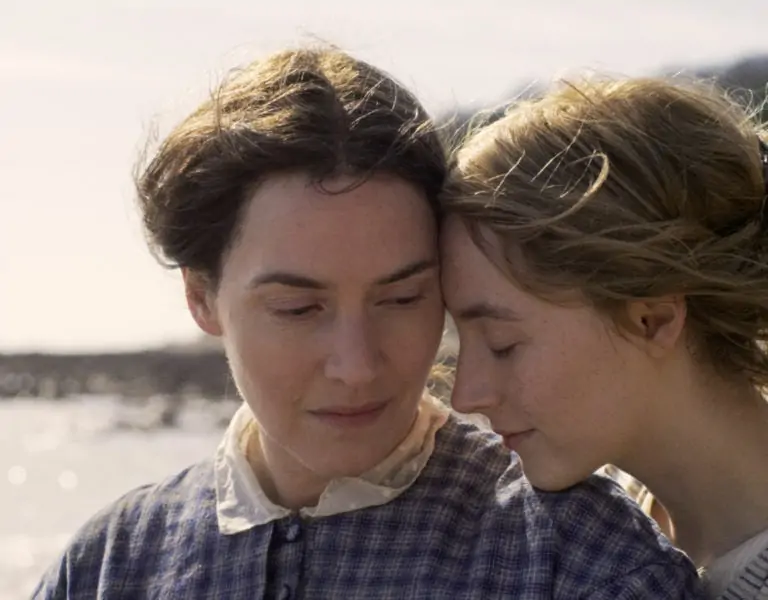Frame Of Mind
Post It Notes / I-Dailies

Frame Of Mind
Post It Notes / I-Dailies
Nigel Horn, managing director of i-dailies, says the inherent beauty of film and the desire for creative choice, keep celluloid origination alive and kicking.
Well, I guess, as the saying goes: ‘It’s never over till it’s over’.
Around ten years ago the laboratory world felt the first really serious chill winds of digital origination begin to bite. Around five years ago the noise (no pun intended) from the digital side of the fence was deafening, telling us all that the future would be totally digital, as it was better, cheaper, easier, etc., etc., and the generally accepted view was that film was on a one-way ticket to oblivion within a pretty finite time-frame.
In April 2013, when Fujifilm announced it was stopping manufacturing stocks, Kodak hit financial trouble going into Chapter 11, and Deluxe and Technicolor both closed their processing laboratories globally, you had to have a lot of faith in miracles to believe that there could be any possible future for motion picture film origination.

Fast forward to October 2015 and, against all the odds, it does seems that miracles can in fact happen.
In the case of film, it’s not that something better per se came along, but just that something totally different became available with (as in all things) some pros and some cons.
However, it is generally initially easy to sell new technology as being inherently ‘better’ than old technology and there can also, of course, often be a logical assumption to this being the case. Film therefore suffered as an automatic result of this ‘new vs. old’ scenario. The film lobby made attempts to put the case for film origination. The Image Forum, valiantly organised by Judith Petty at ARRI and supported by camera rental houses, stock manufactures and the labs, plus the BSC’s camera equivalency tests, made when Sue Gibson was BSC president, were extremely worthwhile exercises. But the wave of momentum at that time (RED did not partake directly in these tests, but was causing great interest) was becoming overwhelming and the film lobby appeared often to be on the back foot, with confidence in the unique strengths of its own medium ebbing away as a result. We were losing momentum and our efforts became gradually more dissipated as we increasingly concentrated on just trying to hang on to the fast disappearing coat-tails of the film-originated projects that there were.

However, stating the obvious, the joy of film is that it tells a story in a different way to digital origination – not better, not worse, just differently – and the creative choice of format to suit any particular project is something that is joyously alive and kicking in 2015.
Over these years there has been time for the industry to come to its own informed conclusions on the “Film vs. Digital” debate, and it appears that creative choice is increasingly becoming the deciding factor.
Also, for lower budget projects the previous knee-jerk ‘we would love to shoot on film, but we can’t afford it’ response is becoming less prevalent, due to both Kodak and Frame 24, in collaboration with the remaining laboratories, offering preferential stock, processing and scanning packages.
UK tax breaks have encouraged the major US Studios, (who have committed to substantial film use for the foreseeable future) to work here. With the same negative processing capacity that Technicolor had at Pinewood (100,000ft per 8hrs), and with a team of ex-Technicolor and ex-Deluxe technicians using exclusively Photomec processing machines, we were the only lab to step into the breach the moment the closures of the Tech and Deluxe processing labs were announced two and a half years ago – thus enabling the projects that, at that time, were committed to filming in the UK to stay with that format.

We work with most of the film schools in the UK and the genuine interest in shooting on film, from first-year exercises up to graduation projects, by so many student filmmakers, is genuinely heartening. We do everything possible to assist and encourage those venturing into film for the first time.
The generally accepted view seems to be that very many directors and DPs want the continuation of a creative choice between film and digital origination and, in order for this to be the case for the future, and to sustain any laboratory infrastructure in the UK, film needs to be used for the appropriate projects and that choice not be stifled.
Also, it is essential that the labs be allowed to scan (at 2K/4K) the negative that they process in order to: 1) verify their own work first-hand, and 2) provide the most experienced film lab contact person to deliver full and time-efficient rushes reports to the DP and production. (Clive Noakes is with us for such a role and there is no-one more experienced or respected in the industry for what he does.) Crucially, labs need revenues for scanning as they cannot continue indefinitely on negative processing revenues alone.
The reason that there continues to be a lab infrastructure available for DPs and directors to exercise their creative choice, is due to the fact that many of us who are remain in this work, with a life-time of hands-on experience, are driven by a genuine passion for a format that can, in the best hands, impart a profoundly affecting pull on the imagination – allowing us, even for a couple of hours or so, to be transported, with complete suspension of disbelief, to other worlds and, most importantly, back in touch with ourselves.
Random grain. Subliminal flicker. Richness of colour. Chiarsascuro. Latitude. Film… it’s a very beautiful thing!



